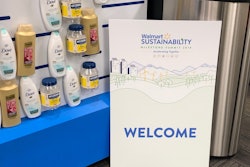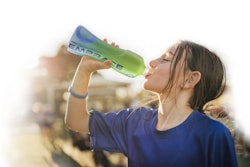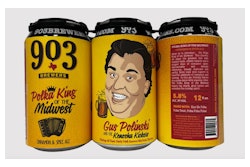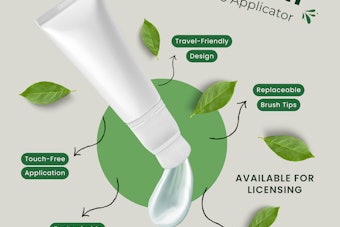
The Flexible Packaging Association’s (FPA) report, A Holistic View of the Role of Flexible Packaging in a Sustainable World, highlights the sustainability benefits of flexible packaging. FPA commissioned PTIS, LLC to provide a holistic view on the sustainability benefits that flexible packaging offers; provide foresight into future sustainability implications for flexible packaging; and develop six Life Cycle Assessment (LCA) case studies comparing flexible packaging to other packaging formats across a range of products.
The LCA case studies were developed using the EcoImpact-COMPASS® LCA software, which allows for quick life-cycle comparisons between different packaging formats. One of these case studies compares the LCA of flexible pouch packaging for baby food versus glass jars and thermoformed tubs.
Baby food packaging has evolved over the past decade from glass jars to plastic thermoformed tubs and flexible stand-up pouches with fitments. The flexible stand-up pouch’s rise in popularity can be traced to several attributes: it is easy to use, less messy, shatterproof, and a boon to parents, as toddlers can access the contents themselves without the use of utensils.
The glass jar production process involves significant water usage to cool the molten glass that is then formed into a jar. Thermoformed tubs use less water overall than the flexible stand-up pouch with fitment, which is due to the additional water needed in the injection molding process for the fitment and cap.
Other environmental indicators such as fossil fuel use and the amount of material that ends up in municipal solid waste must also be taken into consideration to provide a more holistic environmental impact of package formats. These are areas where the flexible stand-up pouch with fitment has more favorable results than the thermoformed tub. The water consumption impact of the glass jar is 1,294% more than that of the flexible stand-up pouch.
While the flexible stand-up pouch with fitment and thermoformed tub both emit similar levels of greenhouse gas, the glass jar has a significantly higher carbon impact due to the amount of material and energy required to produce glass. The glass jar uses approximately ten times more material than the other two packaging formats. The glass jar has a carbon impact three times higher than the low-carbon impact of the flexible stand-up pouch with fitment.
Because of the laminating process and lightweight nature of the flexible stand-up pouch, it results in lower fossil fuel consumption than the thermoformed tub or glass jar. Thermoforming requires considerable heat energy to form a plastic sheet into a tub. As a result, the thermoformed tub uses less overall fossil fuel/energy than the glass jar because it’s much lighter, but neither format can match the reduction in fossil fuel seen with the flexible stand-up pouch. The glass jar has a fossil fuel usage roughly two times that of both the flexible stand-up pouch with fitment and thermoformed tub. This is because glass jar production requires significant energy to heat the materials during the forming process, particularly on the material processing side.
The glass jar has significantly larger environmental impacts than the other two packaging options, even considering the recyclability of glass. While the flexible stand-up pouch with fitment and the thermoformed tub have fairly similar profiles for fossil fuel usage and greenhouse gas impacts, as well as high product-to package ratios, the flexible stand-up pouch with fitment results in less material to municipal solid waste.


























